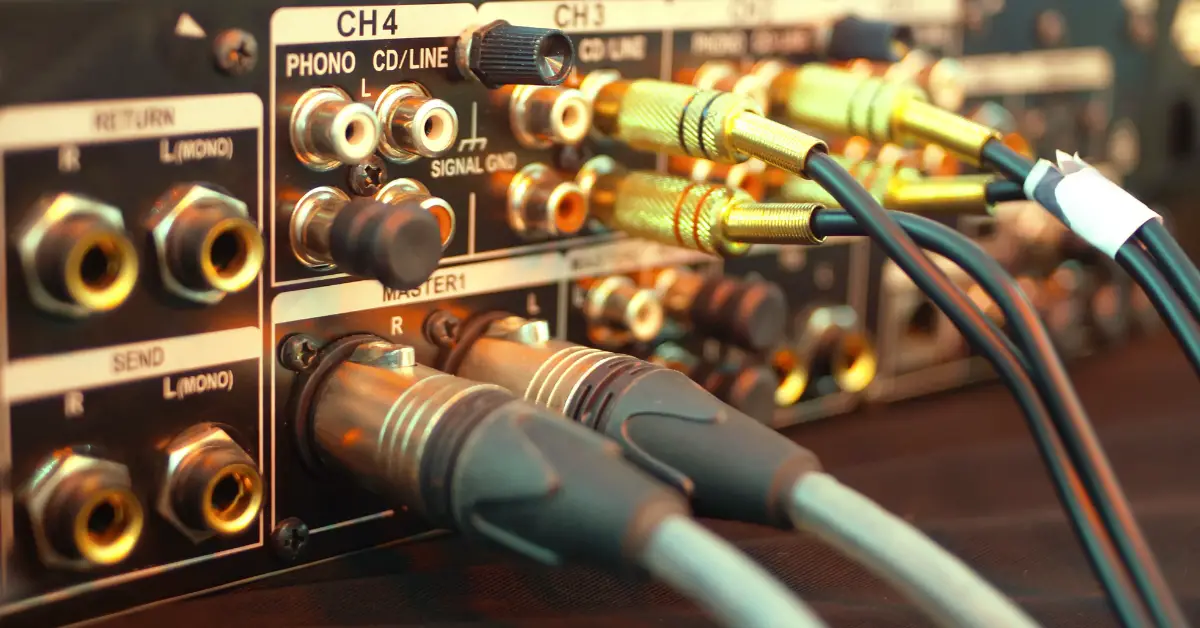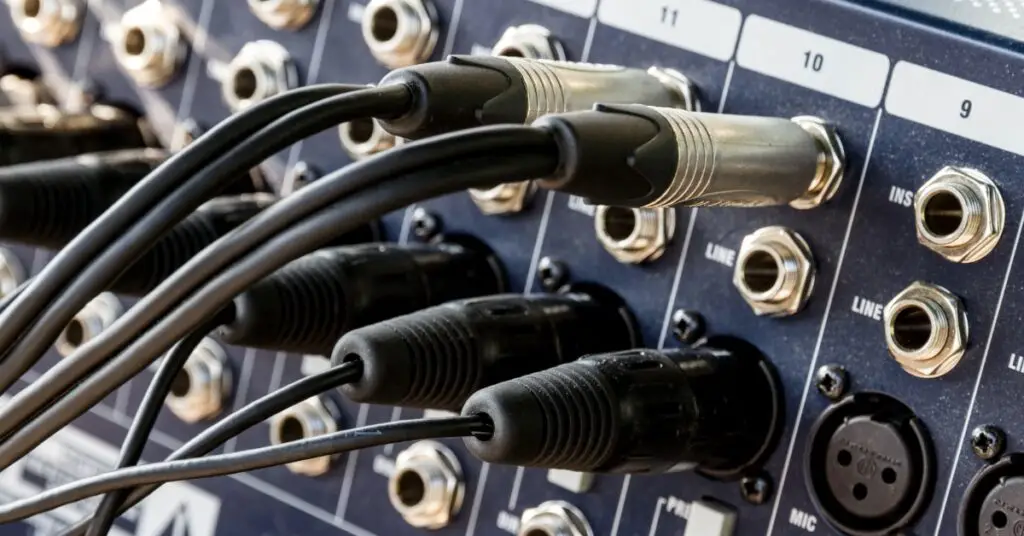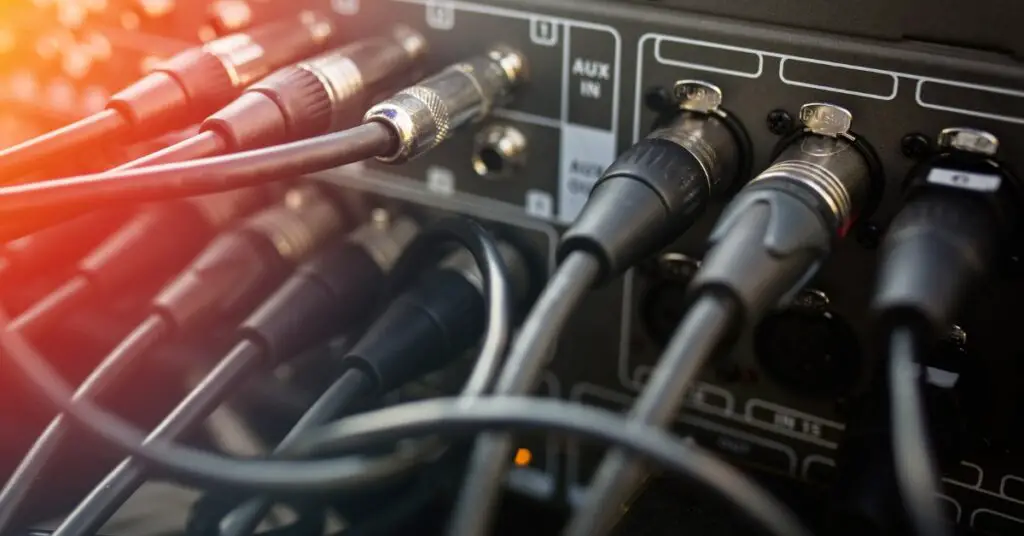
If you've ever ventured into the world of audio systems, you've likely encountered the term 'line level signal.' But what exactly is it? Line level signal is the backbone of connecting different audio equipment — from your home entertainment system to a professional studio setup. Throughout this article, we will define what line level signal is, its applications, and what other audio signals exist. So, let's get to it!

At its core, a line level signal is a standard used in audio electronics to transmit sound between devices. It's the sweet spot of signal strength that allows audio gear to communicate efficiently without too much noise or distortion. Think of it as the common language that audio devices use to understand each other. There are two main flavors of line level signals: balanced and unbalanced. Balanced signals are less susceptible to noise, making them ideal for long cable runs, while unbalanced signals are simpler and more common in consumer equipment.

Understanding the nitty-gritty of line level signals involves diving a bit into their technical specifications. These details help you make informed decisions when connecting and setting up your audio equipment, ensuring everything works without a hitch.
The strength of a line level signal is measured in voltage, and this is where the terms "+4 dBu" and "-10 dBV" come into play. These values represent the two standards for line level signals:
Impedance is a measure of resistance in an electrical circuit that affects audio signal transmission. Matching the impedance of your audio source and destination is crucial for maintaining signal integrity. For line level connections, the general rule is that the output impedance of the source should be lower than the input impedance of the destination to ensure efficient signal transfer and minimize loss.
Different types of cables and connectors are used for transmitting line level signals, each with its own application:
Using the appropriate cable and connector type for your setup cannot be overstated. Choosing between balanced and unbalanced options depends on the distance the signal needs to travel and the environment's susceptibility to noise. In professional settings where cables run long and the potential for interference is high, balanced cables (XLR or TRS) are preferred. For shorter connections in less noisy environments, unbalanced cables (TS or RCA) will suffice.

Understanding the technicalities of line level signals is one thing, but seeing how they apply in real-world scenarios can truly illuminate their importance. Let's explore some practical applications and examples where line level signals play a crucial role.
One of the most common uses of line level signals is in the connection of various pieces of audio equipment. For example:
Understanding line level can significantly improve your audio setup's quality and functionality. Here are a few tips:
Various audio devices output line level signals, including:
Typically, no. Microphones output mic level signals, which are much weaker than line level signals. You'll usually need a preamp to boost a mic to line level before connecting it to a line level input.
Instrument level signals, such as those from electric guitars or basses, are stronger than mic level but weaker than line level. They often require a direct box or specific preamp to convert the signal to line level for proper interfacing with audio equipment.
Connecting a line level output to a mic level input can result in excessively loud audio, distortion, and potentially damage the mic level input. It's important to use the correct adapters or interfaces to match signal levels appropriately.
Yes, with the right equipment. For example, direct boxes can convert instrument level signals to line level, and preamps can boost mic level signals to line level. Similarly, specific converters can adjust line level signals to mic level if needed.
Knowing about line level signals helps you correctly match and connect various audio components, ensuring optimal sound quality and preventing potential damage to your equipment. It's important to know for anyone setting up or working with audio systems.
Line level signals are the glue that hold together different pieces of audio equipment, ensuring they communicate effectively. By grasping the basics of line level, as well as how it differs from mic, instrument, and speaker levels, you're equipped to set up your audio system with confidence. Whether you're connecting a mixer to an amplifier, a preamp to an interface, or simply hooking up your CD player to your stereo system, knowing about line level signals, their technical specifications, and practical applications ensures optimal sound quality and system performance.
If you found this guide helpful, please consider subscribing to our blog for more music production tips, product reviews, and buying guides. Also, you can support new content by contributing to our tip jar.
"Some of the links within this article are affiliate links. These links are from various companies such as Amazon. This means if you click on any of these links and purchase the item or service, I will receive an affiliate commission. This is at no cost to you and the money gets invested back into Audio Sorcerer LLC."